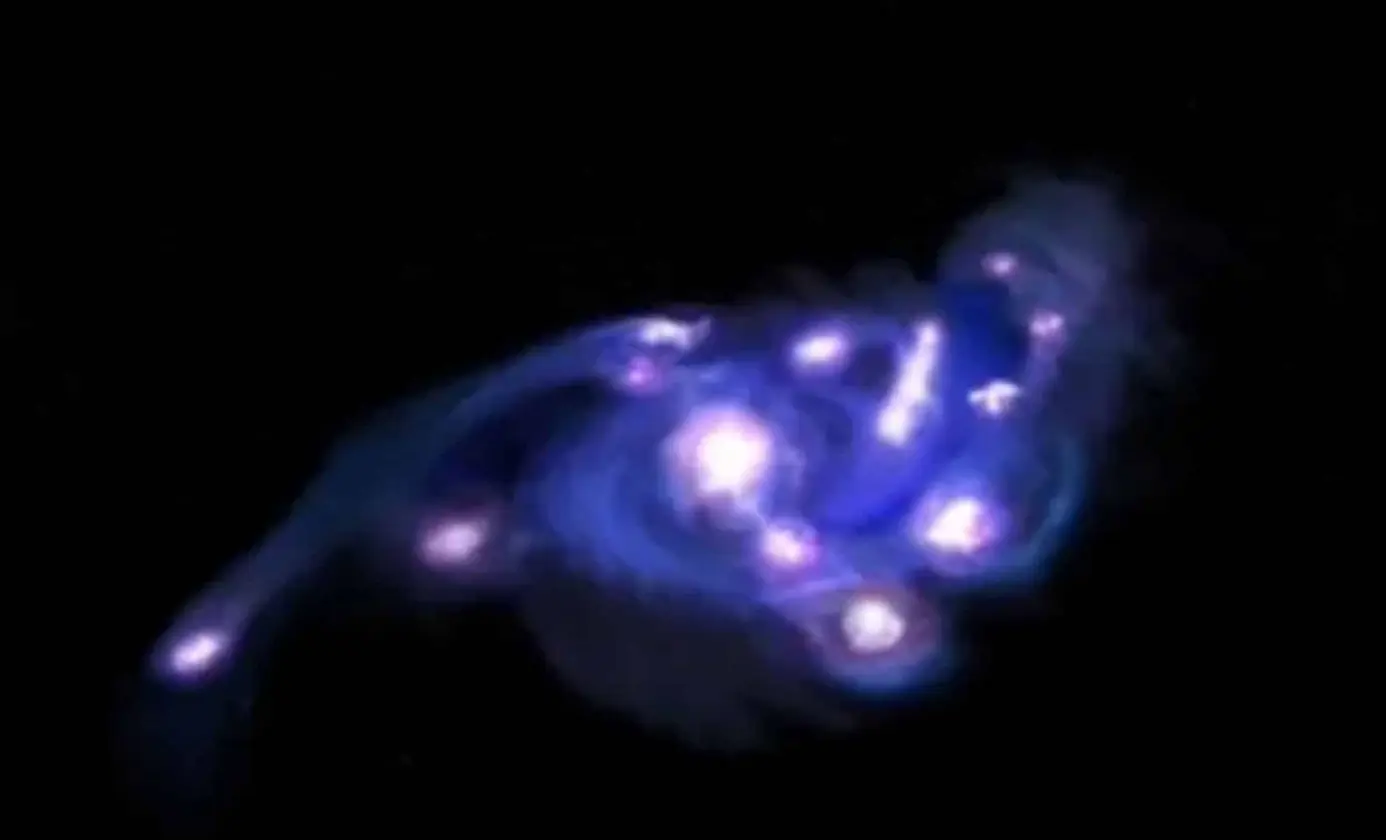T4K3.news
Cosmic map reveals ordinary matter between galaxies
New measurements from fast radio bursts show most ordinary matter sits in the space between galaxies.
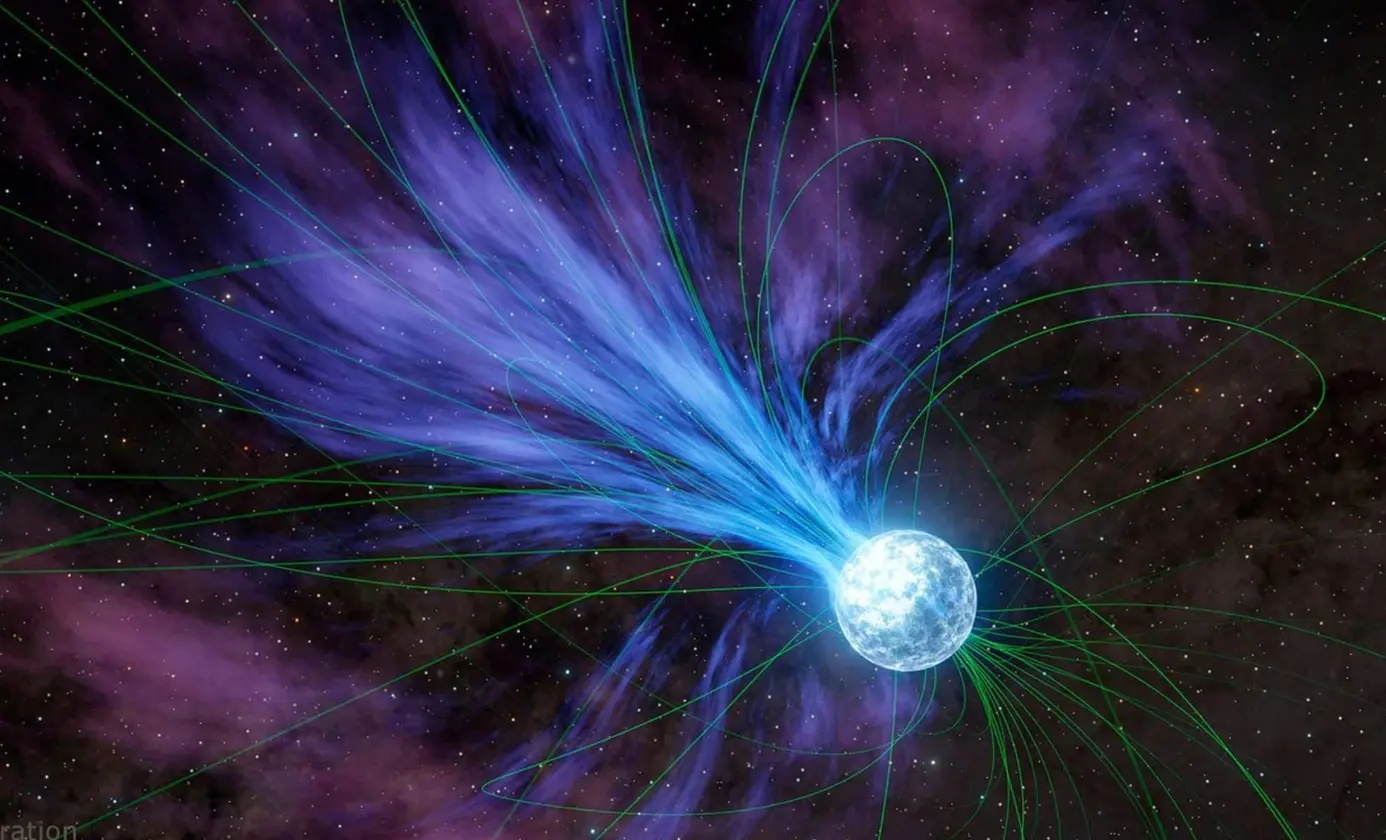
New observations using fast radio bursts reveal that most ordinary matter lies between galaxies, reshaping cosmology.
Cosmic Map Reveals Ordinary Matter in Intergalactic Space
Astronomers report that about 76 percent of the universe’s ordinary matter lies not in stars or gas inside galaxies, but in the intergalactic medium that fills the space between them. This finding supports long-standing simulations of the cosmic web and reframes where the visible matter of the universe lives.
The study, published in Nature Astronomy, analyzed 69 fast radio bursts from distances spanning from about 11.74 million to more than 9.1 billion light-years. By measuring how the signals are dispersed as they travel through space, researchers estimated the density of matter along each sightline. The Deep Synoptic Array-110, Keck Observatory, and Palomar Observatory helped locate the bursts and tie the measurements to specific regions of the sky.
Key Takeaways
"The FRBs shine through the fog of the intergalactic medium, and by precisely measuring how the light slows, we can weigh that fog."
Liam Connor on the measurement approach.
"Seeing the universe as a web, not a collection of isolated points."
Editorial takeaway on the cosmic web idea.
"This is a milestone in cosmology."
Reaction from researchers.
"There is still work to do to map the full baryon content."
Caution about remaining questions.
This discovery shifts the narrative about the universe’s architecture. If most baryons sit in the voids between galaxies, the flow of gas through the cosmic web becomes a central driver of galaxy growth and star formation. It also shows how new tools like FRBs open windows that traditional galaxy surveys miss.
The approach is powerful but still evolving. The results depend on models of gas physics and ionization, and more FRBs will help tighten the map. As data accumulate, scientists will test how this missing matter interacts with dark matter and with feedback processes from stars and black holes.
Highlights
- The fog of the intergalactic medium is finally measurable
- FRBs turn the universe into a map of invisible stuff
- We are weighing a quiet skeleton that holds the cosmos together
- The missing matter is no longer a mystery in the making
The universe keeps its secrets, but the map grows sharper.
Enjoyed this? Let your friends know!
Related News
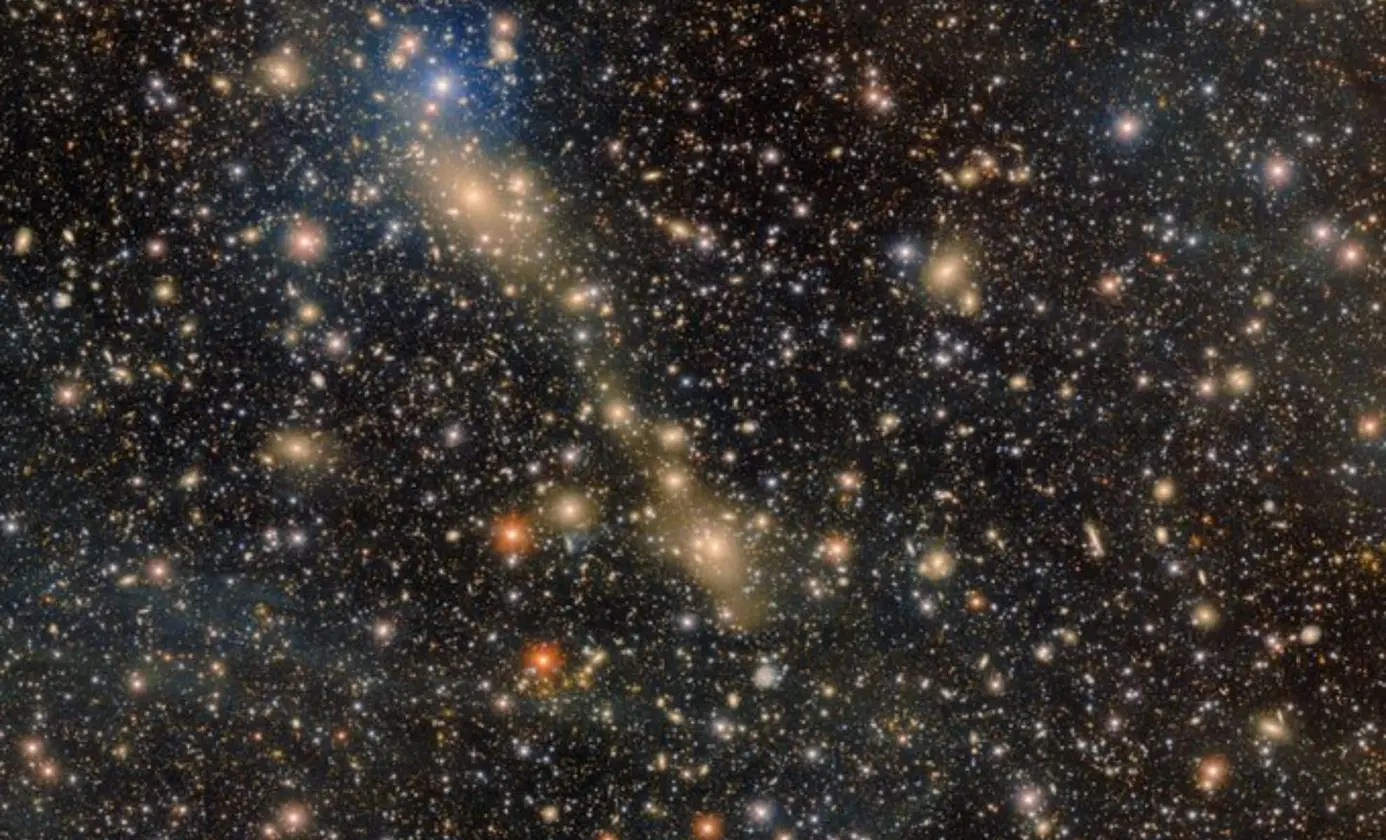
Bridge of stars links two galaxies in Abell 3667

Eye of Sauron image maps a powerful blazar jet
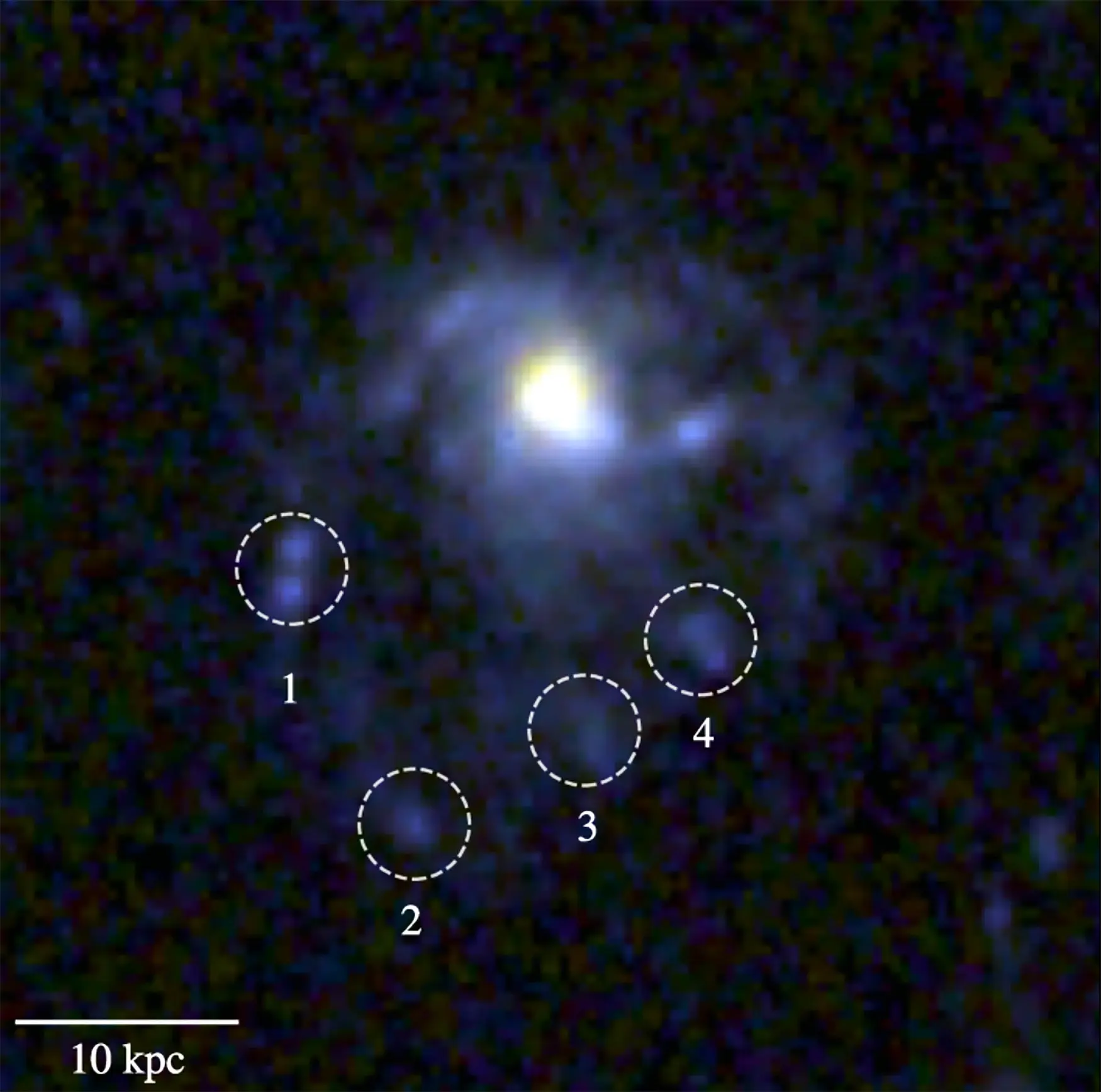
Webb spots distant jellyfish galaxy
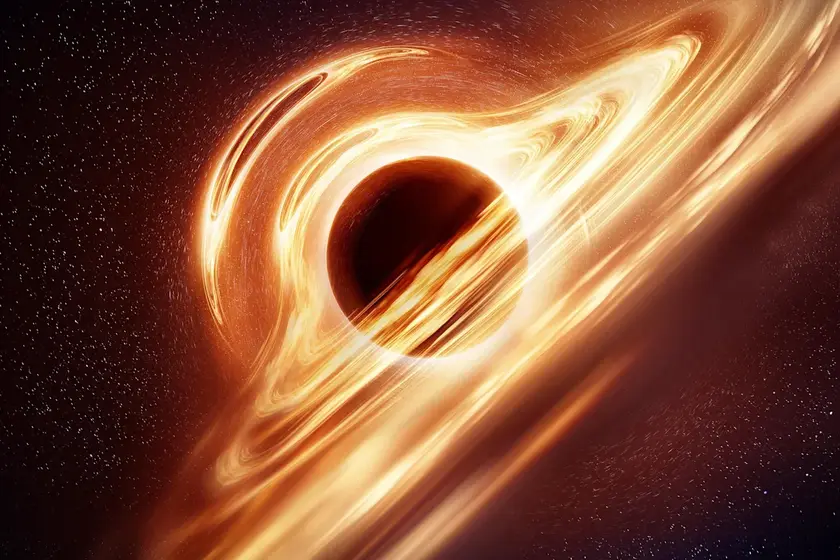
James Webb Telescope may have found early cosmic light sources
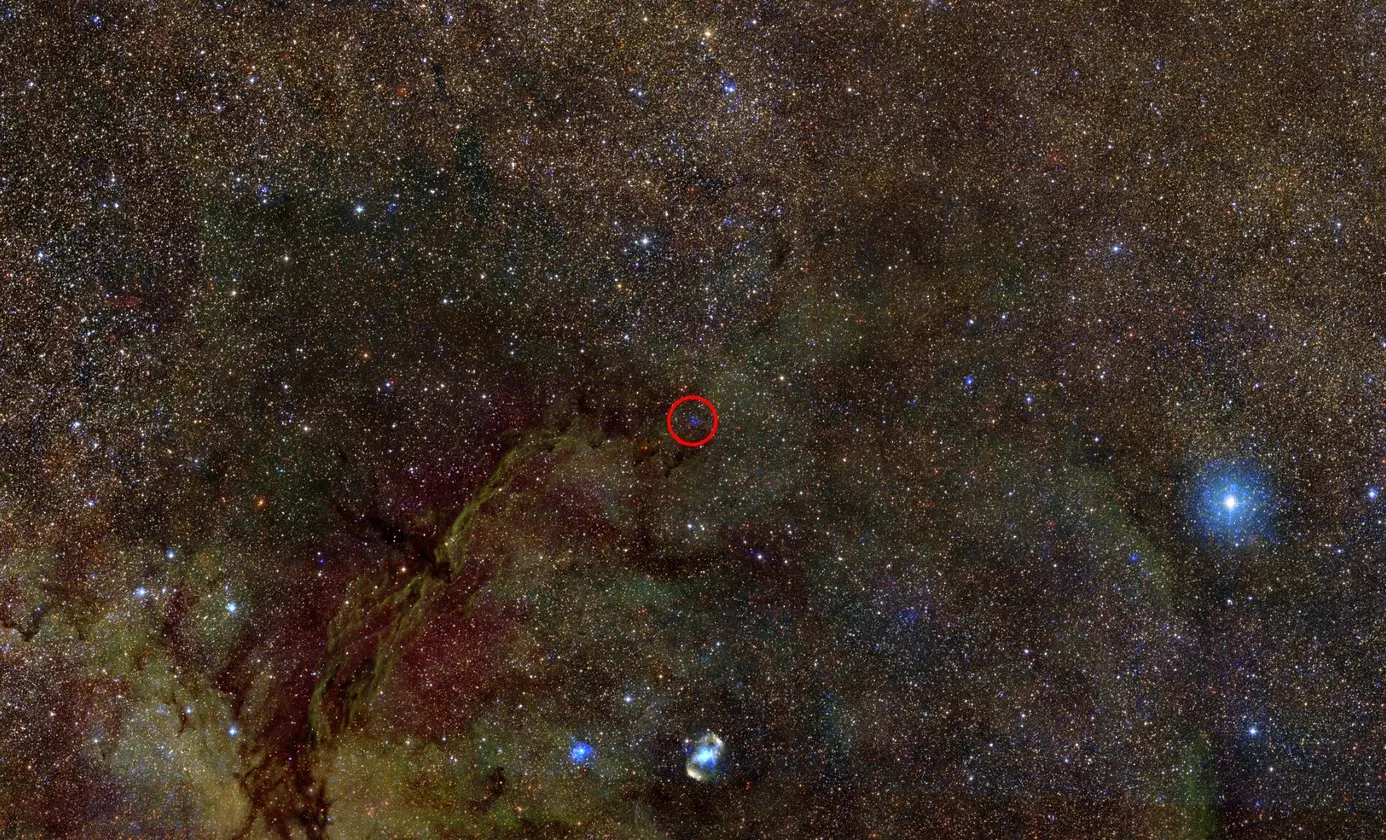
XRISM Uncovers Sulfur in Gas and Solid States
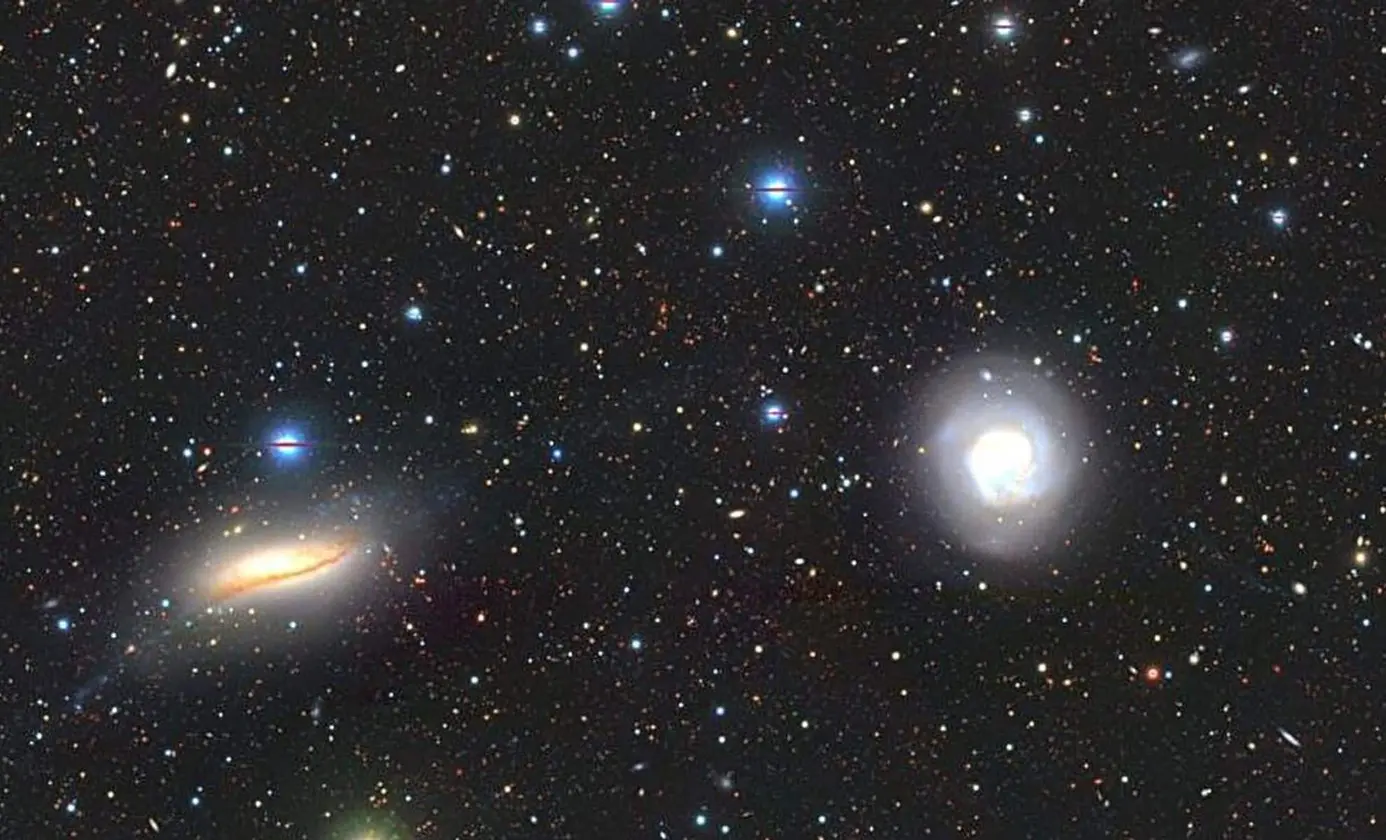
Milky Way Andromeda collision expected

Hubble detects pink nebulae in NGC 2835
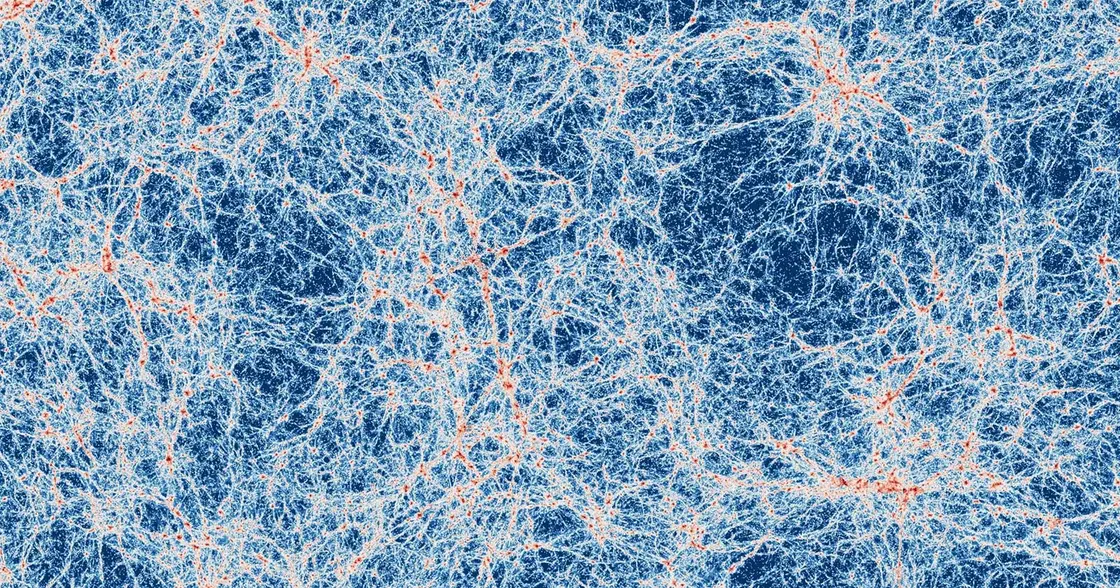
Astronomers capture first images of cosmic web
